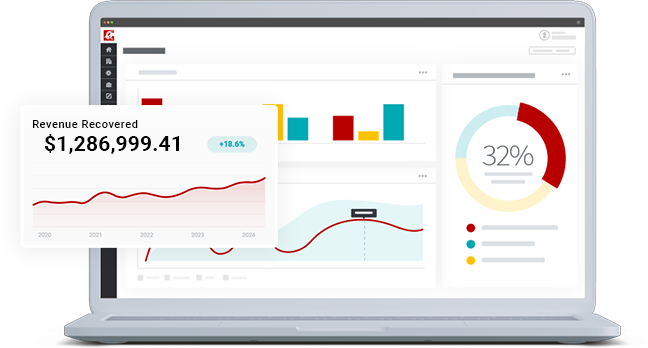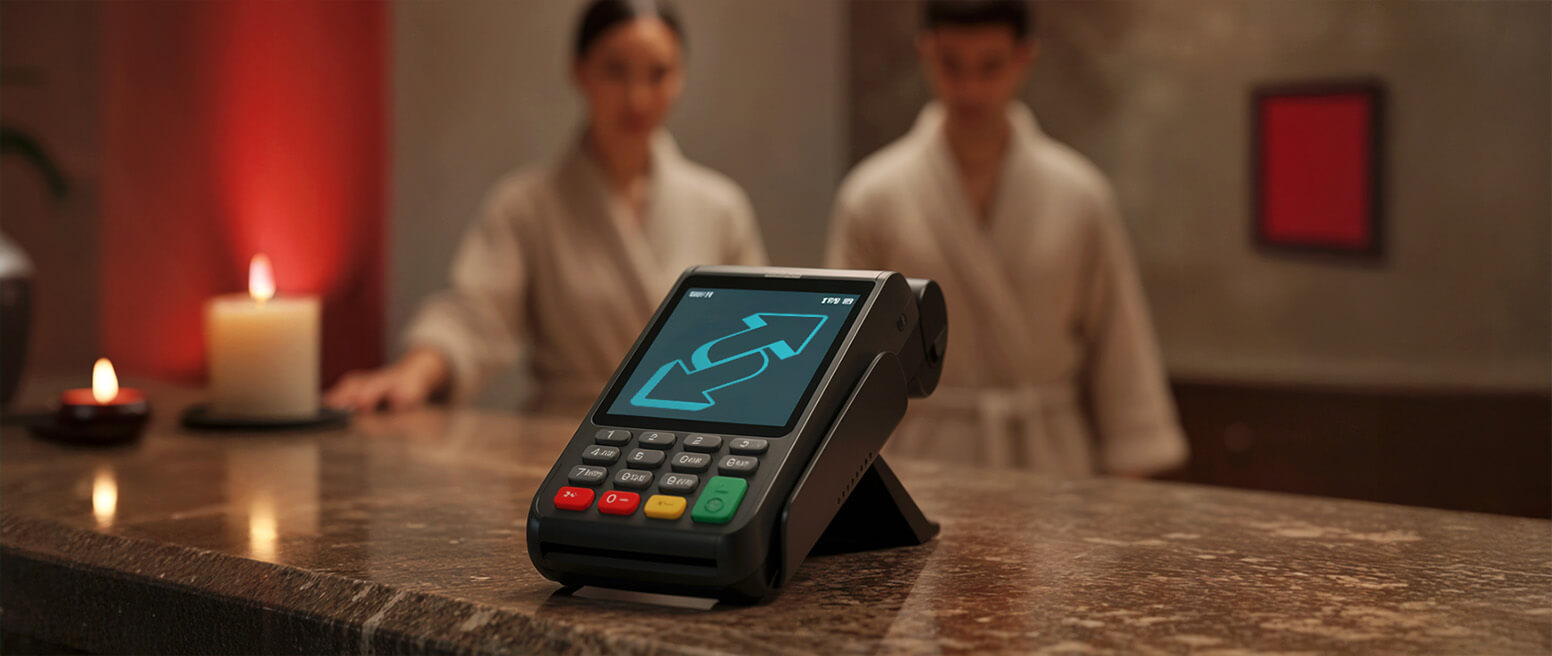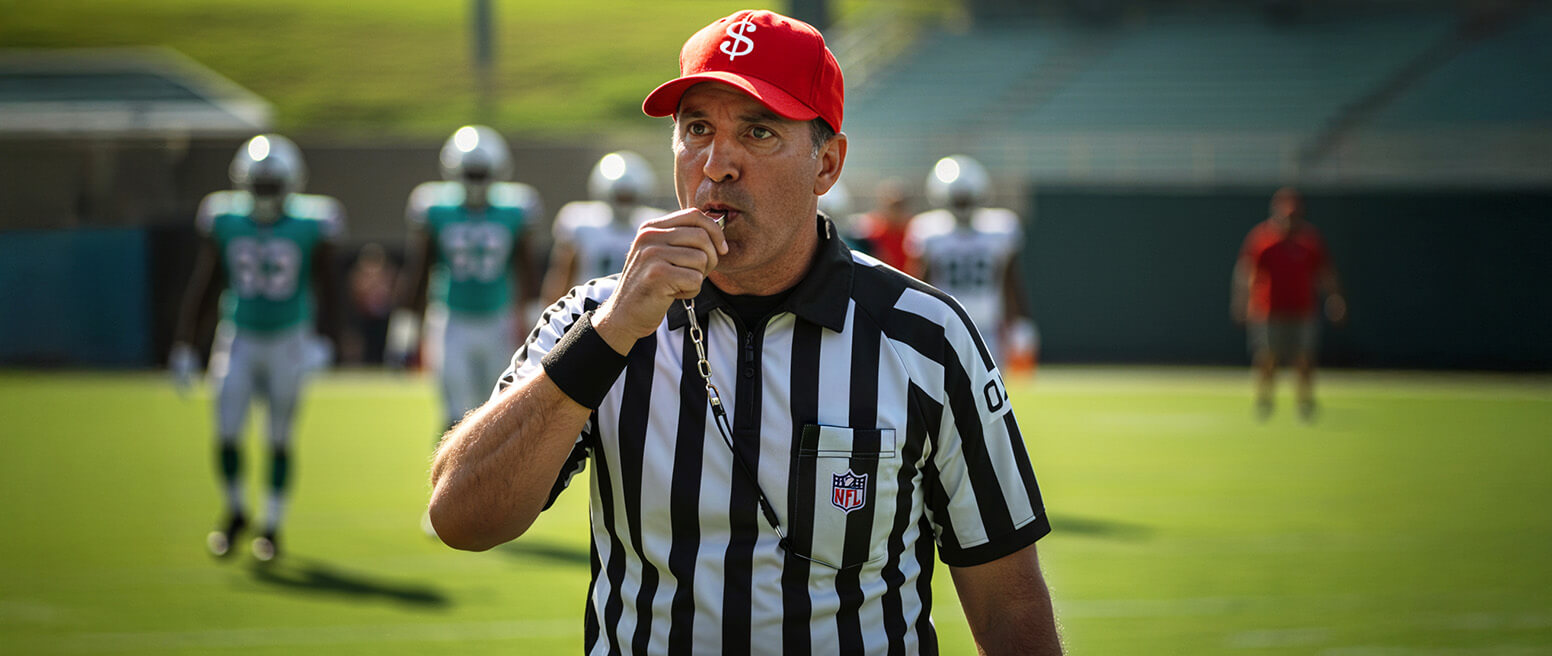When Does a Dispute Become a Chargeback? What’s the Difference & How Do You Prevent Both?
In theory, transaction disputes help level the playing field between consumers and merchants. In practice, however, the dispute process puts merchants at a significant advantage.
For eCommerce merchants, who almost exclusively encounter fraud- and dispute-prone card not present (CNP) transactions, this problem is an especially thorny issue.
Worse, many disputes, whether valid or not, tend to morph into chargebacks, which can drain you of time and severely dent your bottom line.
But what exactly does the transaction dispute process entail? What separates legitimate complaints from invalid disputes, and how can you prevent them?
Recommended reading
- How Do Banks Investigate Disputes on Credit Cards?
- What Happens When You Dispute a Transaction?
- The Bank Dispute Process: A Step-by-Step Guide
- Authorization Reversals: Lost Sales are NOT Always Bad?
- Dispute Management System: How to Pick the Best Provider
- American Express Dispute Center: How to File Disputes & More
What is a Transaction Dispute?
- Transaction Dispute
A transaction dispute occurs when a credit cardholder registers a formal complaint against a merchant regarding a specific transaction. Most transaction disputes are the result of claims of fraud or unauthorized purchases, although one may be filed if the item never arrived, services weren’t performed, or the item arrived damaged, etc.
[noun]/tran • zak • SH(ə)n • di • spyo͞ot/
Transaction disputes were established as a consumer right under the Fair Credit Billing Act of 1974. Dispute rights were affirmed and expanded by subsequent legislation; today, 50% of consumers surveyed by LendingTree say they have exercised their right to file a dispute at least once.
For merchants, however, disputes are costly. Every time a cardholder contests a charge, you stand to lose revenue and merchandise. You may also be forced to pay nonrefundable dispute fees, and could even face costly fines and penalties for “excessive” disputes.
And, thanks to tight representment timelines, arcane card network rules, and onerous acquirer restrictions, it’s a hassle to respond to (and win) disputes.
So, with all that in mind, let’s take a closer look at the transaction dispute process to discover what you can do to mitigate those losses.
What Complaints Qualify for a Dispute?
Valid transaction disputes most commonly involve unauthorized activity (i.e. third-party fraud), merchant billing errors, or subpar products and services.
There are literally dozens of reason codes that might be attached to a dispute if it progresses to the chargeback stage. That said, the circumstances under which a cardholder can dispute a charge generally fall into one of three categories:
If any of the above criteria are met, the cardholder may submit their claim to their bank for further review.
Not all transaction disputes are valid — in fact, many aren’t. According to the 2024 Chargeback Field Report, as many as 70% of disputes involve illegitimate complaints.
Transaction Disputes vs. Chargebacks
All chargebacks are a form of transaction dispute. But, not all transaction disputes will necessarily result in a chargeback.
Before we dig into the transaction dispute process, we should distinguish between a chargeback and a dispute. Most chargebacks begin with a customer dispute, but not all disputes will inevitably lead to a chargeback.
A customer can initiate a transaction dispute by contacting the issuer (the bank associated with the payment card used in the transaction). The cardholder will ask the bank to reverse the charge; the bank examines the circumstances and determines if there is a legitimate reason to do so. If the bank accepts the customer’s claim, then the dispute progresses to a chargeback.
Ultimately, chargebacks do have a legitimate and important role in the payments industry. After all, if you know you’re able to recover the money you lose to unauthorized use, criminal fraud, or merchant abuse, then you’re going to have much more confidence in the concept of the payment card.
So, now that we understand chargebacks are more of a final stage in the transaction dispute process, let’s go over the particulars.
A Brief Summary of the Dispute Process
First, let’s get this point clear up front: the dispute process is very complicated. We have written dozens of articles about it, drilling down in very minute detail. So, without straying too far into the weeds to parse out the details, let’s boil the process down to three basic steps:
Generally speaking, the goal to complete the dispute process is 30 days or less for Visa and 45 days for Mastercard. Depending on how far the dispute progresses, though, it could take months to resolve.
Will a Dispute Let the Cardholder Get Their Money Back?
Possibly. A cardholder can get their money back if the dispute claim is legitimate, and the time limit hasn’t expired.
The answer depends on a couple of factors.
When a cardholder disputes a transaction, and the bank accepts the cardholder’s claim, the cardholder is generally granted a provisional refund from their issuing bank. This is assuming that the time limit for the dispute hasn’t already passed. The exact time limit varies based on dispute reason code, but is 120 days in most cases.
The issuer will then reach out to your acquiring bank to recover the funds. However, if you decide to fight back against the cardholder’s dispute through the representment process, this could change.
Seeing too many chargebacks? Don’t worry: help is here.
Request a Demo
If you are able to provide compelling evidence that the cardholder’s claim is erroneous or illegitimate, the bank may return the funds back to you (minus the nonrefundable chargeback fee assessed by your acquirer).
Even then, the cardholder or the bank may dispute the transaction a second time in some cases. This situation is known as an arbitration chargeback (or “pre-arb,” depending on the card brand). The only step available after this is to pursue the issue through arbitration. This should only be a last resort, though.
Can Banks Reject a Cardholder’s Dispute Claim?
Yes, banks can reject a cardholder’s dispute claim if the bank believes it is not legitimate, or if the merchant can provide evidence contradicting the cardholder’s claim.
Banks and card networks can deny any transactions they feel are erroneous or potentially fraudulent. They can also file disputes on their customer’s behalf if the transaction raises any red flags on their end. If a bank files a dispute or chargeback on their customer’s behalf, odds are the cardholder won’t even be aware that it happened until the funds show up in their bank account.
Some other factors that could cause a bank to reject a dispute include:
1 | The Credit Card Used
Every card network has different rules regarding disputes, and each requires different things. So, a customer dispute claim may be acceptable for one brand, but not another.
For example, one card brand may have stricter requirements for chargebacks centered around a specific claim. One may require more evidence that the consumer has attempted to contact you for a refund before a dispute can be approved.
2 | The Dispute Reason
Regardless of the card network, if the reasons don’t match any of those listed above (item not as described, never arrived, arrived damaged, was the wrong item, etc), or those reasons can’t be proven… the bank may reject a dispute outright.
All of the following would be considered invalid grounds for a chargeback:
- The buyer failed to contact the merchant for a refund first.
- The buyer didn’t like the item purchased.
- The buyer didn’t understand the shop’s return policy.
- The transaction was initiated by a household or family member.
- The buyer forgot a subscription payment was due.
- The buyer wanted something for free.
3 | The Item Was Purchased Overseas
Consumer protections don’t always cross borders. In many cases, the bank’s ability to issue a chargeback may be limited by the country or region in which the transaction took place.
4 | The Cardholder's Claim Seems Suspicious
If a dispute raises any red flags for fraud, the dispute may be denied. The reasons for this are manifold, but essentially, if the person reviewing the dispute request on the bank or card network’s end finds it questionable, it will be denied.
Friendly Fraud Complicates Transaction Disputes
Banks often can’t catch invalid friendly fraud disputes because they’re filed by regular customers in many cases. So, these disputes appear legitimate at first glance.
Banks and card networks won’t always catch illegitimate disputes. Transaction disputes will sometimes bypass defenses, regardless of any safeguards. Sometimes this is deliberate abuse, while it may be an honest mistake in other cases.
First-party fraud cost merchants an estimated $48 billion in 2021. This is a serious issue that adversely affects everyone involved in the transaction process, from the card networks to the average consumer.
Friendly fraud is hard to detect because it isn’t typically committed by dedicated criminals. In most cases, it’s committed by otherwise legitimate customers. These cardholders may not even realize they’re doing anything wrong, making it extremely hard to diagnose and amicably resolve.
Unfortunately, there aren’t easy, “one-size-fits-all” solutions to these problems, either. Banks and card networks have been hard at work trying to help mitigate this growing issue by increasing their consumer dispute requirements. Still, there is only one method that has shown any progress: transaction dispute prevention.
How to Prevent Transaction Disputes
The chargeback process has not kept pace with developments in technology. We’re using a system designed for a pre-internet age. The result is that customers feel free — or even encouraged — to file disputes without ever coming face-to-face with the negative effects of their actions:
- The increased volume of cases makes it difficult for banks to complete the necessary due diligence for each customer dispute.
- If there is any legitimacy at all to a customer’s complaint, the case will likely go to the cardholder. Banks are understandably reluctant to jeopardize customers’ trust.
- Merchants often don’t fight invalid customer disputes. They write them off as an unavoidable cost of doing business instead.
- Misinformed customers erroneously equate the chargeback process with a refund, unaware that they’re entirely different.
- Customers who successfully file a dispute are more likely to repeat the behavior.
The best strategy is to adopt a chargeback mitigation plan that includes both 1) best practices for criminal fraud prevention and 2) tactics to eliminate errors. Once you’ve weeded out these threats, all remaining chargebacks should be cases of friendly fraud, which you can engage through tactical representment.
There’s no quick or easy solution for preventing transaction disputes. With the right strategies in place, though, you can protect your business and your bottom line.
FAQs
What complaints qualify for a dispute?
The circumstances in which cardholders can dispute a charge generally fall into one of three categories: fraudulent or unauthorized charges, billing errors, or unsatisfactory service.
What are the grounds to dispute a transaction?
Fraudulent or unauthorized transactions, merchant billing errors, and product or service dissatisfaction are all valid grounds for disputing a transaction.
What is the difference between a transaction dispute and a chargeback?
Most chargebacks begin with a dispute; that said, not all disputes will inevitably lead to a chargeback.
A customer can initiate a transaction dispute by contacting the issuer (the bank associated with the payment card used in the transaction). The cardholder will ask the bank to reverse the charge. The bank examines the circumstances and determines if there is a legitimate reason to do so. Then, if the bank accepts the customer’s claim, the dispute progresses to a chargeback.
What are the steps in the transaction dispute process?
You can reduce the process down to three basic steps. First, the cardholder files a dispute. The issuer reviews the case, and then either files a chargeback, rejects the claim.
How do you win a transaction dispute?
To win a transaction dispute, you must submit compelling evidence to the cardholder’s issuer that shows the transaction is legitimate. Evidence may include transaction receipts, proof of defective products, proof of cardholder authorization, or written correspondence with the cardholder that shows they were satisfied with their purchase.
Do banks usually accept disputes?
Yes, banks accept disputes from cardholders. However, before filing a chargeback, the issuer may sometimes review the cardholder’s claims to see if they are legitimate.














